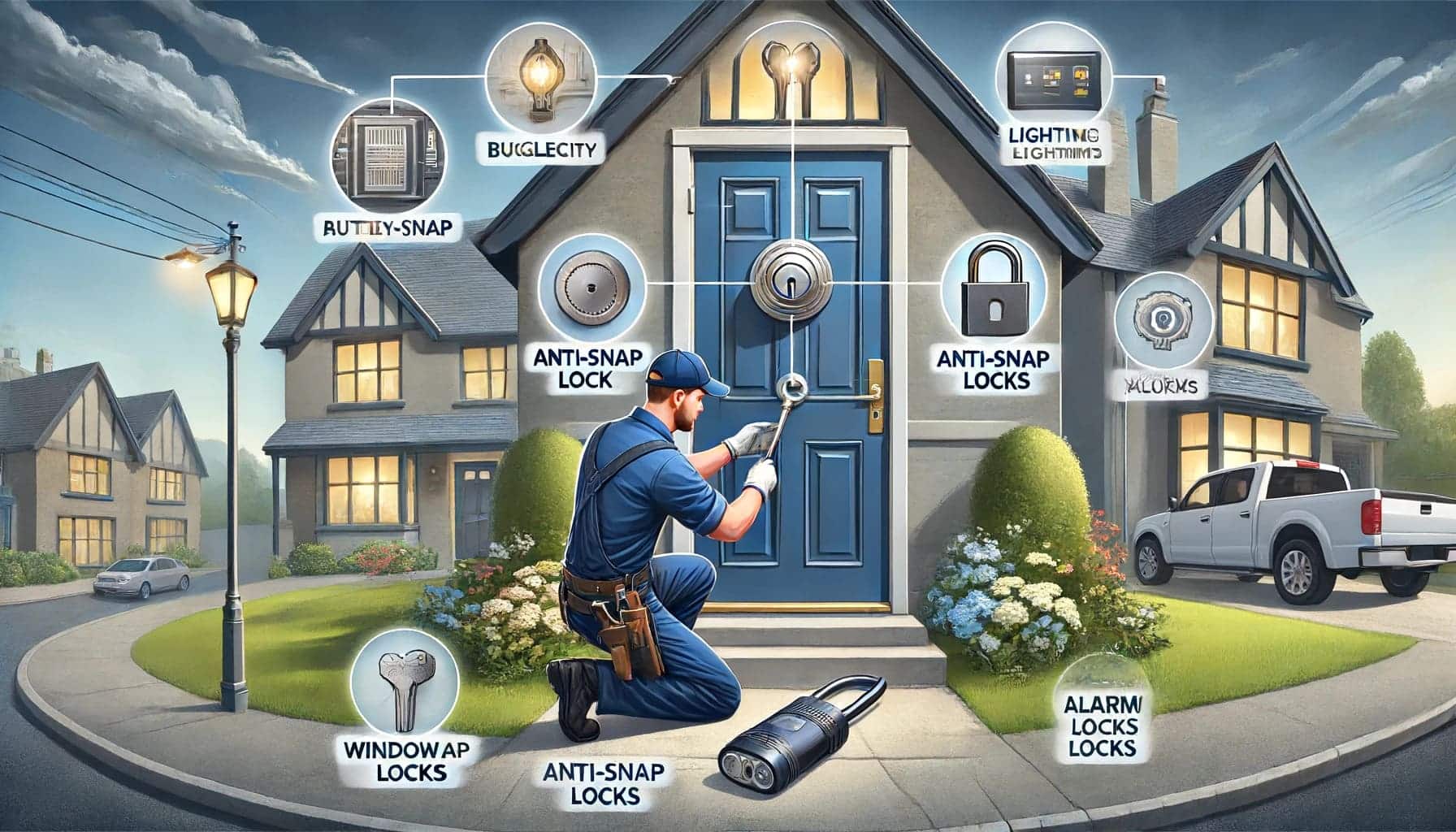How to Detect Bed Bugs in Your Home
Introduction to Bed Bugs
Hey there! So, you’ve heard the whispers about bed bugs and now you’re wondering, “Do I have them?” Let’s dive deep and find out! Bed Bugs in your home
What are Bed Bugs?
Bed bugs are small, reddish-brown insects that feed on human blood. Yep, you heard right! They love to sneak up on us while we sleep and have a midnight snack.
Why are They a Problem?
Aside from being creepy-crawlies, bed bugs can cause itching, allergic reactions, and even sleepless nights. Not to mention the social embarrassment if you have guests over!
Signs of a Bed Bug Infestation
Alright, enough chit-chat. Let’s get down to business and see if those tiny creatures have invaded your sanctuary.
Visual Clues
Grab a flashlight and inspect your mattress, sheets, and furniture. Look for tiny bugs, molted skins, or tiny dark spots (eww, fecal matter).
Bites and Skin Reactions
Notice any itchy red welts on your skin? That’s one of the telltale signs. But remember, not everyone reacts to bed bug bites.
Fecal Spots and Blood Stains
Finding small dark spots on your sheets or blood stains? That’s bad news. Time to take action!
Common Hiding Spots
Ever wondered where these sneaky bugs like to hide?
Mattresses and Box Springs
Your cozy bed is their favorite hiding spot. But they’re not picky; sofas and chairs are also fair game.
Furniture and Upholstery
That vintage couch you bought last summer? Yep, it might be harboring some unwanted guests.
Cracks and Crevices
From baseboards to wall cracks, bed bugs love tight spaces. So, don’t forget to check those nooks and crannies.
DIY Detection Methods
Want to play detective? Here’s how:
Using a Flashlight
A good old flashlight can reveal the hidden world of bed bugs. Shine it around your bed frame, mattress seams, and other hiding spots.
White Sheets Test
Place a white sheet on your bed and sleep tight. In the morning, check for any tiny dark spots. If you find them, it’s time for action!
Sticky Traps
Place sticky traps near your bed legs. Bed bugs can’t resist climbing, and you’ll catch them red-handed!
Professional Inspection
Sometimes, it’s best to call in the experts.
When to Call an Expert
If DIY methods fail or the infestation is severe, it’s time to call a professional.
What to Expect from an Inspection
Experts will thoroughly inspect your home, identify hiding spots, and recommend the best treatment options.
Prevention Tips
Ready to kick those bed bugs to the curb?
Regular Cleaning and Vacuuming
Keep your home clean and clutter-free. Regular vacuuming can help eliminate these pesky bugs.
Sealing Entry Points
Seal cracks and crevices to prevent bed bugs from entering your home.
Using Protective Covers
Invest in mattress and pillow covers to keep bed bugs at bay.
Treatment Options
Got bed bugs? Don’t panic! Here are your options:
Chemical Treatments
Pesticides can help eliminate bed bugs, but use them with caution.
Heat Treatment
Exposing bed bugs to high temperatures can kill them. Consider using a steam cleaner for your furniture and mattresses.
Cold Treatment
Freezing temperatures can also kill bed bugs. Place infested items in a freezer for a few days.
Conclusion
Bed bugs are a nuisance, but with the right knowledge and action, you can keep them at bay. Remember, prevention is better than cure!
FAQs
How do I know if I have bed bugs? Look for signs like bites, fecal spots, and tiny bugs. If in doubt, call a professional.
Can I get rid of bed bugs on my own? Yes, but severe infestations may require professional help.
Are bed bugs dangerous? While they don’t transmit diseases, their bites can cause itching and allergic reactions.
How long do bed bugs live? Adult bed bugs can live up to a year without feeding
.Can bed bugs travel with me? Unfortunately, yes. They can hitch a ride on luggage, clothing, and furniture.














